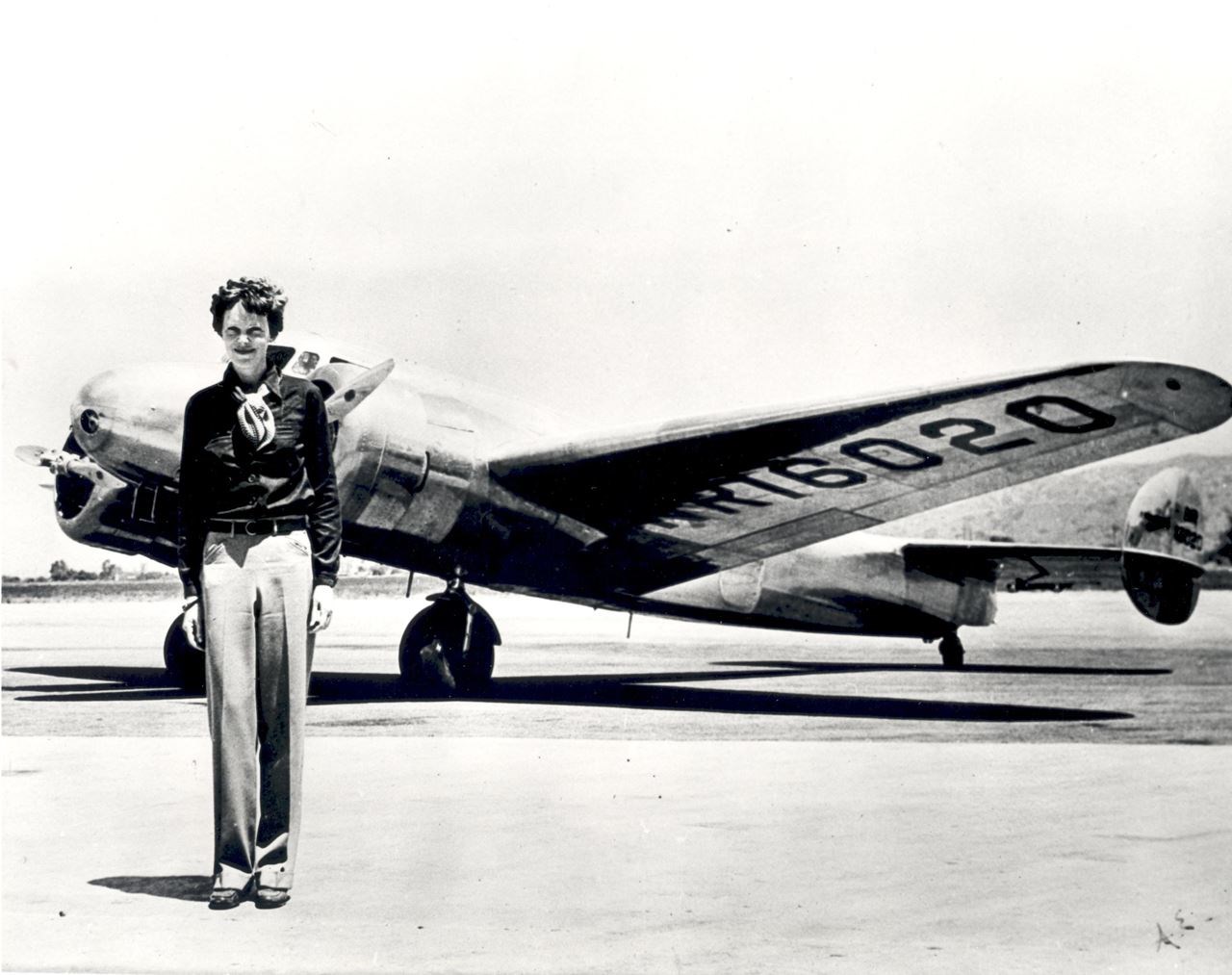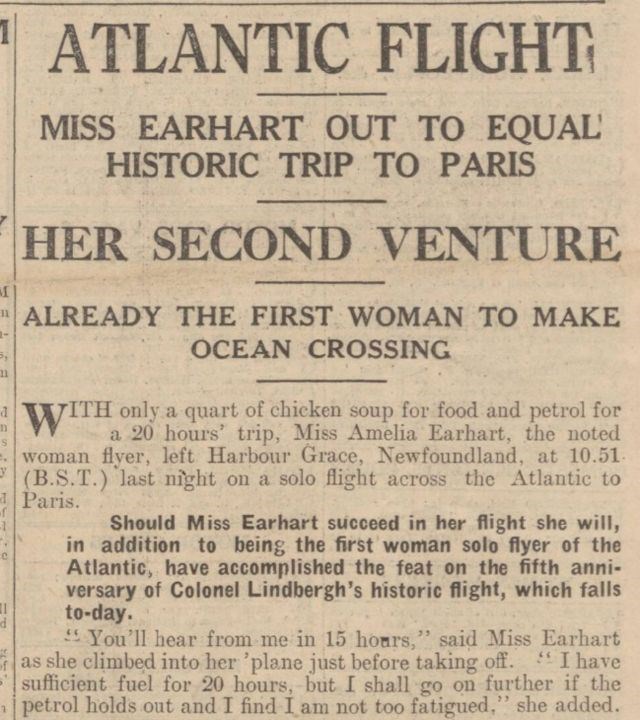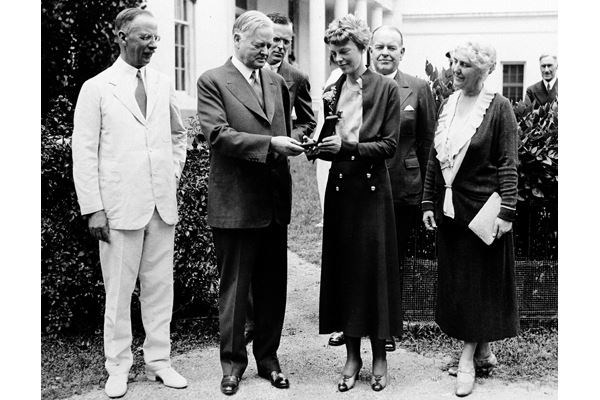A Struggle for Equality
Heroes are found everywhere in today’s society, from a family member in your house to your counselors and teachers at school. However, the traits that qualify someone as a hero are widely disputed upon. From the article “Boy Do We Ever Need a Hero,” David Granger states his perception of a hero: “Or they're the heartwarming rescuers of cats whom the attractive anchorperson uses to fill in the odd moments between the mayhem and the sexual misconduct and the weather. And if you do find heroes, when you hold them up to the light and study them—really study them—they're all flawed anyway.” Granger describes heroes in a stereotypical manner; he thinks that they’re the type of people who prevent vehicles from being stolen, save their neighbor’s children from being kidnapped, or fight off the bully that keeps on attacking their friends. But does someone need to perform these actions in order to be recognized as a true hero? I don’t think so; in fact, I believe that a true hero withholds the ability to work towards achieving their goals, fighting off their fears, and encouraging others to follow suit.
 Amelia Earhart next to her personal plane near the Bermuda Triangle.https://www.nasa.gov/multimedia/imagegallery/image_feature_1112.htmlAmelia Earhart, world renowned aviation expert, is an exceptional example of a true hero based on her determination and her courageousness. Born on July 24, 1897, in Atchison, Kansas, Earhart was known to most as “Meely.” Her father, Edwin Earhart, worked as a lawyer for many railroad companies, and her mother, Amy Otis, was the daughter of wealthy landowners. Amelia and her sister lived with her grandparents in Kansas until she was 12, when the duo moved to Iowa with her parents. Soon, her father acquired a severe alcohol addiction and ended up staying at a hospital for six months to get back on his feet. Unfortunately, even after the hospital visit, Edwin was not able to stay sober, and therefore lost his job. This led to the divorce of Earhart’s parents, which put a tough weight on Amelia’s back. To escape all this mayhem, Amelia started learning to fly. Through her rough times, this hobby helped her foresee the positives and force away the negatives in her life. Amidst all this, she finished high school and moved on to college, when one day, she saw four one-legged men swinging down the street on crutches. She had to help, so she dropped out of college to volunteer for ten hours a day at a hospital for wounded veterans. She volunteered here until armistice, whereupon she decided to master her flying abilities. Her goal was to prove that women could do everything that men could, which was not an easy task. To persuade other women that this was possible, she broke many altitude, speed, and time records, and also received the honor of being the first woman to fly across the Atlantic solo. She wrote books and recited many speeches about her experiences to aid others in following suit. Unfortunately, on July 2, 1937, she went missing while on one of her record-breaking journeys. She is still remembered today as an amazing inspiration to many around the world because of her ability to face her fears and defeat her hardships. Amelia Earhart not only applied her aviation knowledge to prove that women were as capable as men; she convinced the world that courageousness is what helps overcome one's fears and determination is the key to achieving goals.
Amelia Earhart next to her personal plane near the Bermuda Triangle.https://www.nasa.gov/multimedia/imagegallery/image_feature_1112.htmlAmelia Earhart, world renowned aviation expert, is an exceptional example of a true hero based on her determination and her courageousness. Born on July 24, 1897, in Atchison, Kansas, Earhart was known to most as “Meely.” Her father, Edwin Earhart, worked as a lawyer for many railroad companies, and her mother, Amy Otis, was the daughter of wealthy landowners. Amelia and her sister lived with her grandparents in Kansas until she was 12, when the duo moved to Iowa with her parents. Soon, her father acquired a severe alcohol addiction and ended up staying at a hospital for six months to get back on his feet. Unfortunately, even after the hospital visit, Edwin was not able to stay sober, and therefore lost his job. This led to the divorce of Earhart’s parents, which put a tough weight on Amelia’s back. To escape all this mayhem, Amelia started learning to fly. Through her rough times, this hobby helped her foresee the positives and force away the negatives in her life. Amidst all this, she finished high school and moved on to college, when one day, she saw four one-legged men swinging down the street on crutches. She had to help, so she dropped out of college to volunteer for ten hours a day at a hospital for wounded veterans. She volunteered here until armistice, whereupon she decided to master her flying abilities. Her goal was to prove that women could do everything that men could, which was not an easy task. To persuade other women that this was possible, she broke many altitude, speed, and time records, and also received the honor of being the first woman to fly across the Atlantic solo. She wrote books and recited many speeches about her experiences to aid others in following suit. Unfortunately, on July 2, 1937, she went missing while on one of her record-breaking journeys. She is still remembered today as an amazing inspiration to many around the world because of her ability to face her fears and defeat her hardships. Amelia Earhart not only applied her aviation knowledge to prove that women were as capable as men; she convinced the world that courageousness is what helps overcome one's fears and determination is the key to achieving goals.
Amelia Earhart used her courageousness as an inspiration to help others challenge their obstacles in the face of fear. It was mid morning, July 2, 1937, when Amelia Earhart and her navigator, Fred Noonan, climbed into the cockpit of their plane, the Electra. They were about to embark on the most dangerous part of their journey around the world. They set out to fly from Lae, New Guinea to Howland Island, a tiny dot in the middle of the immense Pacific Ocean: “This leg was also the most dangerous of the entire trip. Howland, 2,600 miles to the east, was a tiny speck of land in the vast Pacific. It would take all of her skill as a pilot and Fred’s as a navigator to find the island” (Lauber 2). Despite knowing the challenging assignment of finding the miniature island and of the infinite risks that awaited her, Earhart dared to fly on. By proving that she was willing to take on fatal tasks and face immediate danger, she displays her courageousness. To Earhart, flying was a hobby that she truly loved: “‘I would die if I didn’t,’ she said. Sure, she was afraid–but she loved flying with a passionate intensity that dwarfed those fears. She found the courage because she was desperate to be in the air. She loved to be in the air” (Anne). Earhart was able to get past her fears because of her love of flight. In fact, her love for flying was so excessive that it steered her mind clear of the dangers she faced. So in essence, this devotion gave her courage, which led her to find the strength to pursue her intimidating passion. She confirms that one can gain courage through their affections.
 A newsletter stating Amelia Earhart's success on her second Atlantic flight.https://www.pinterest.com/littlereview/amelia-air-heart/Amelia Earhart’s exorbitant determination guided her to achieving her goals and inspires others to perform to the best of their abilities in order to achieve their aspirations. One of Earhart’s ultimate goals was to prove that women were capable of achieving all the tasks that men could. Earhart always possessed a positive mindset that guided her to accomplishing this goal: “What mattered was setting herself a challenge and meeting it. What mattered was showing that women could do what men could do and encouraging other women to do what they were capable of. That was why she was flying over the Pacific, looking for a speck of land. Fame was never her goal. The important thing was to do what she had set out to do and to do it as well as she knew how” (Lauber 3). Earhart’s yearning mindset enabled her not to give up on finding this insignificant island in the middle of the Pacific. Her confident outlook acted like a cheerleader to persuade her to achieve her aspirations. She also used flying to inspire others by striving to break world records in order to encourage other women to follow suit. Her persistence in trying to reach her goals led her to successfully inspire others to follow her footsteps. Amelia Earhart also used her free time to conduct surveys on other women on their view of the gender equality problem: “Only 21 percent answered they planned to continue working after marriage and only 13 percent agreed that, in general, women should work after marriage. ‘Where, oh where, has the personal independence disappeared?’ she asked. She went on to say, ‘My hope is that none of you who decided so positively that women should under no circumstances work after marriage will not be victims of your present outlook”’ (Watson). Earhart’s persuasive tone stresses her determination to get rid of the stereotype that women are “housewives” and are “gentle and weak” while men are fit for many careers and are “brash” and “strong.” The surveys that she conducted and the speeches that she recited about gender equality are perfect evidence of her longing to convince women to perform to the best of their abilities. Amelia Earhart’s excellent mindset and desperate effort to get rid of stereotypes truly shows her determination. It was this determination that helped her progress to success in her aspirations.
A newsletter stating Amelia Earhart's success on her second Atlantic flight.https://www.pinterest.com/littlereview/amelia-air-heart/Amelia Earhart’s exorbitant determination guided her to achieving her goals and inspires others to perform to the best of their abilities in order to achieve their aspirations. One of Earhart’s ultimate goals was to prove that women were capable of achieving all the tasks that men could. Earhart always possessed a positive mindset that guided her to accomplishing this goal: “What mattered was setting herself a challenge and meeting it. What mattered was showing that women could do what men could do and encouraging other women to do what they were capable of. That was why she was flying over the Pacific, looking for a speck of land. Fame was never her goal. The important thing was to do what she had set out to do and to do it as well as she knew how” (Lauber 3). Earhart’s yearning mindset enabled her not to give up on finding this insignificant island in the middle of the Pacific. Her confident outlook acted like a cheerleader to persuade her to achieve her aspirations. She also used flying to inspire others by striving to break world records in order to encourage other women to follow suit. Her persistence in trying to reach her goals led her to successfully inspire others to follow her footsteps. Amelia Earhart also used her free time to conduct surveys on other women on their view of the gender equality problem: “Only 21 percent answered they planned to continue working after marriage and only 13 percent agreed that, in general, women should work after marriage. ‘Where, oh where, has the personal independence disappeared?’ she asked. She went on to say, ‘My hope is that none of you who decided so positively that women should under no circumstances work after marriage will not be victims of your present outlook”’ (Watson). Earhart’s persuasive tone stresses her determination to get rid of the stereotype that women are “housewives” and are “gentle and weak” while men are fit for many careers and are “brash” and “strong.” The surveys that she conducted and the speeches that she recited about gender equality are perfect evidence of her longing to convince women to perform to the best of their abilities. Amelia Earhart’s excellent mindset and desperate effort to get rid of stereotypes truly shows her determination. It was this determination that helped her progress to success in her aspirations.
 Amelia Earhart was the first woman to receive the "Flying Cross" Medal from National Geographic.https://newsfeed.time.com/2012/08/20/photos-amelia-earhart-before-her-mysterious-disappearance/slide/5-2/Because of her ability to be fearless in order to take risks and use her relentlessness to attain her ambitions, Amelia Earhart is a true hero. In one of her speeches, Earhart states: “And it is through changing conditions there that women have become the greatest beneficiaries in the modern scene...Candle dipping, weaving, and crude methods of manufacturing necessities are things of the past for an increasing majority” (Earhart). Amelia Earhart is able to use her courage and her determination to convince women that they have potential to do great things if they performed to the best of their abilities and believed in themselves. When she states that “candle dipping, weaving, and crude methods of manufacturing necessities are things of the past for an increasing majority,” she displays her accomplishment in killing off stereotypes. Amelia Earhart, with her courage and determination, inspires me to work as hard as I can to achieve my ultimate goal: to get admitted into an excellent college. She persuades me that with the correct mindset of determination and courageousness, I can get over my struggles and use my full potential to reach for my ambitions. She teaches me that I should never give up because there is a lot to come in the future that can reward me if I keep going. Amelia Earhart is a bona fide inspiration to me, and many individuals around the world based on her courage, determination, and desperate actions to bridge the gap between gender inequality.
Amelia Earhart was the first woman to receive the "Flying Cross" Medal from National Geographic.https://newsfeed.time.com/2012/08/20/photos-amelia-earhart-before-her-mysterious-disappearance/slide/5-2/Because of her ability to be fearless in order to take risks and use her relentlessness to attain her ambitions, Amelia Earhart is a true hero. In one of her speeches, Earhart states: “And it is through changing conditions there that women have become the greatest beneficiaries in the modern scene...Candle dipping, weaving, and crude methods of manufacturing necessities are things of the past for an increasing majority” (Earhart). Amelia Earhart is able to use her courage and her determination to convince women that they have potential to do great things if they performed to the best of their abilities and believed in themselves. When she states that “candle dipping, weaving, and crude methods of manufacturing necessities are things of the past for an increasing majority,” she displays her accomplishment in killing off stereotypes. Amelia Earhart, with her courage and determination, inspires me to work as hard as I can to achieve my ultimate goal: to get admitted into an excellent college. She persuades me that with the correct mindset of determination and courageousness, I can get over my struggles and use my full potential to reach for my ambitions. She teaches me that I should never give up because there is a lot to come in the future that can reward me if I keep going. Amelia Earhart is a bona fide inspiration to me, and many individuals around the world based on her courage, determination, and desperate actions to bridge the gap between gender inequality.
Works Cited
“Amelia Earhart: The Flying Feminist.” Flight Paths: Purdue University's Aerospace Pioneers, 10 Mar. 2017, flightpaths.lib.purdue.edu/blog/2016/09/13/amelia-earhart-the-flying-feminist/.
Anne. “The Courage to Fly: Amelia Earhart on Life and Flight.” Modern Mrs. Darcy, 19 Oct. 2011, modernmrsdarcy.com/the-courage-to-fly-amelia-earhart-on-life-and-flight/.
“Image 1 of Speech by Amelia Earhart (Transcript).” The Library of Congress, www.loc.gov/resource/afc1986022.afc1986022_ms0904/?sp=1.
Lauber, Patricia. Lost Star: The Story of Amelia Earhart. Scholastic International, 2006.
Page created on 5/30/2018 2:18:25 AM
Last edited 5/31/2018 6:05:23 PM
